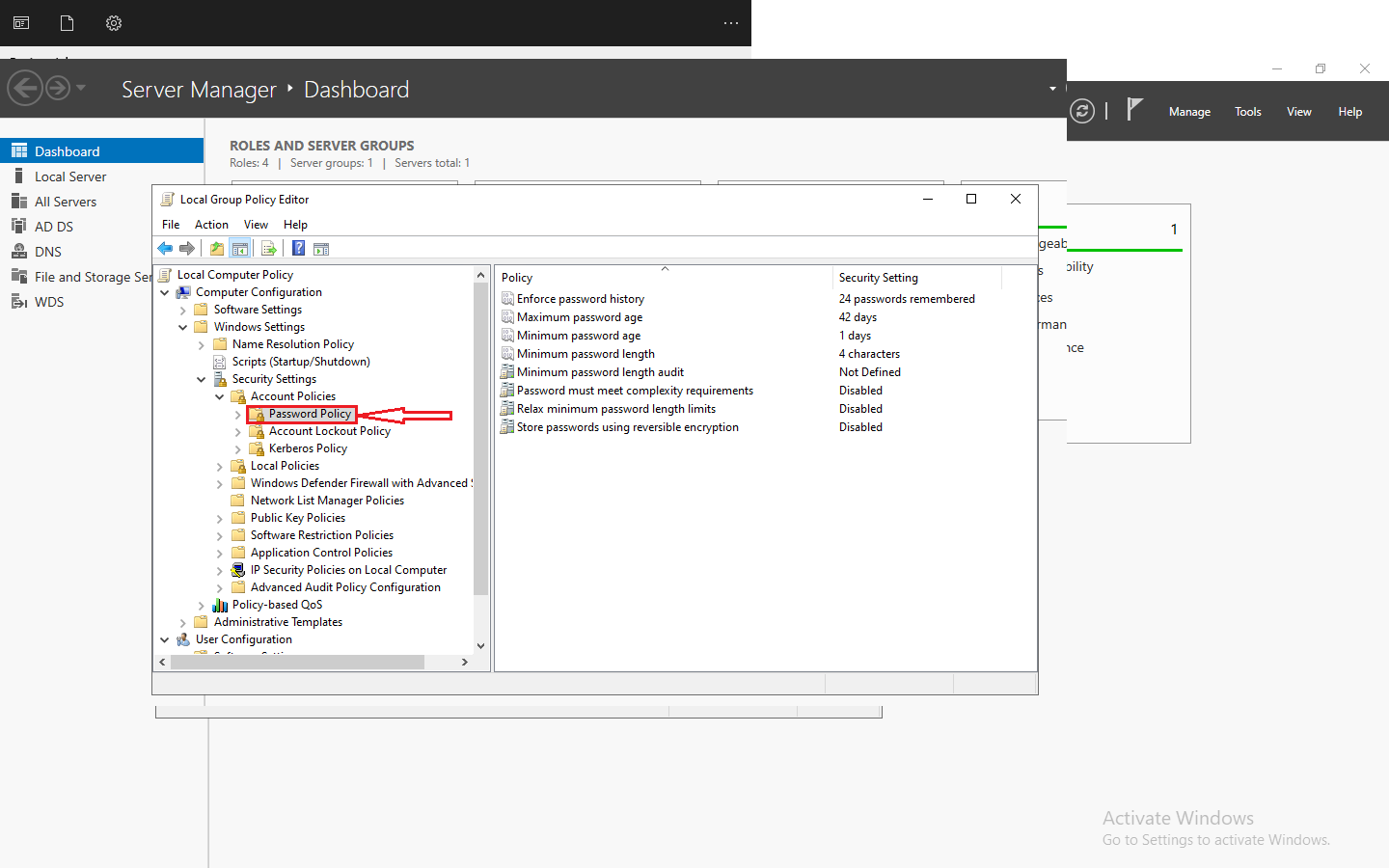Introduction
A vCenter Cluster is a fundamental component of VMware’s vSphere virtualization platform. It provides a way to organize and manage multiple ESXi hosts as a single entity, enabling efficient resource allocation and high availability for virtual machines.When it comes to managing a large number of virtual machines, vCenter Clusters offer several advantages.
First and foremost, they simplify the management process by allowing administrators to apply changes and configurations to multiple hosts simultaneously. This saves time and effort, as administrators don’t have to manually configure each host individually.
Table of Contents
What is a vCenter Server?
vCenter Server is the central management platform for VMware’s virtualization solution, vSphere. It acts as the control center, allowing administrators to manage and monitor all the virtual machines, hosts, and other components within a vSphere environment. vCenter Server is the backbone of any VMware-powered infrastructure, enabling advanced features and capabilities that are crucial for efficient and reliable virtualization.
Understanding the Purpose of Clustering in vCenter
Clustering in vCenter refers to the ability to group multiple physical hosts, or ESXi servers, into a single logical unit called a cluster. This clustering mechanism serves a vital purpose in vSphere environments, as it allows for the efficient management and optimization of resources across the entire infrastructure.
Exploring the Benefits of Clustering in vCenter
By implementing clustering in vCenter, organizations can unlock a wide range of benefits that contribute to the overall stability, performance, and scalability of their virtualized environment. Here are some of the key advantages of clustering in vCenter:
Improved Resource Utilization: Clustering enables the effective pooling and sharing of compute, memory, and storage resources across the entire cluster. This allows for more efficient utilization of available resources, reducing the risk of underutilization or resource contention.
High Availability and Failover: Clusters in vCenter provide built-in high availability (HA) and failover capabilities, ensuring that virtual machines (VMs) can automatically restart on alternate hosts in the event of a physical host failure. This enhances the overall resilience and uptime of the infrastructure. Load Balancing and Workload Management: vCenter’s clustering functionality includes advanced load-balancing algorithms that dynamically distribute workloads across the hosts within a cluster, optimizing performance and preventing resource hotspots.
Scalability and Flexibility: As your infrastructure grows, you can easily add new hosts to a cluster, allowing for seamless expansion and the ability to accommodate increasing resource demands. Simplified Management: Clustering in vCenter simplifies the management of your virtualized environment by providing a centralized interface to monitor, configure, and maintain the entire cluster, rather than dealing with individual hosts.How Clustering Works in vCenterAt the core of vCenter’s clustering capabilities is the concept of a host cluster. A host cluster is a logical grouping of ESXi hosts that share common resources and are managed as a single entity by vCenter Server.
How vCenter Clusters Improve Resource Management
By leveraging the clustering capabilities in vCenter, administrators can significantly enhance the management and optimization of resources within the virtualized environment. Clustering enables features like:
Dynamic Resource Scheduling: vCenter’s Distributed Resource Scheduler (DRS) automatically balances workloads across the cluster, ensuring that resources are allocated efficiently based on the current demand.
Resource Reservations and Limits: Administrators can set resource reservations and limits for individual VMs or groups of VMs, ensuring that critical workloads receive the necessary resources. Storage Management: Clusters in vCenter provide advanced storage management features, such as Storage DRS, which optimizes the placement and migration of virtual disks across the available datastores.
High Availability and Failover with vCenter Clusters
One of the most compelling benefits of clustering in vCenter is the enhanced high availability (HA) and failover capabilities it provides. In the event of a physical host failure, vCenter’s HA functionality automatically restarts the affected virtual machines on alternate hosts within the cluster, ensuring minimal downtime and disruption to the running workloads.
How to Create and Manage Clusters in vCenter
To set up a vSphere cluster:
Deploy vCenter Server to manage the cluster.
Add ESXi hosts to vCenter, ensuring they meet hardware requirements like compatible CPUs.
Configure shared storage accessible to all hosts.
Create a cluster in vCenter and add the hosts to it.
Enable cluster features like HA and DRS as needed.
The vSphere Clustering Service (vCLS) introduced in vSphere 7 Update 1 provides a distributed control plane for clustering services.
Conclusion: The Role of vCenter Clusters in vSphere Infrastructure
In conclusion, vCenter clusters play a pivotal role in the overall management and optimization of virtualized environments powered by VMware vSphere. By understanding the purpose and benefits of clustering, IT professionals can leverage this powerful functionality to enhance resource utilization, ensure high availability, and streamline the management of their virtualized infrastructure.












